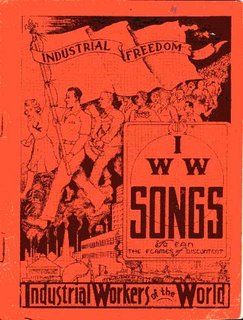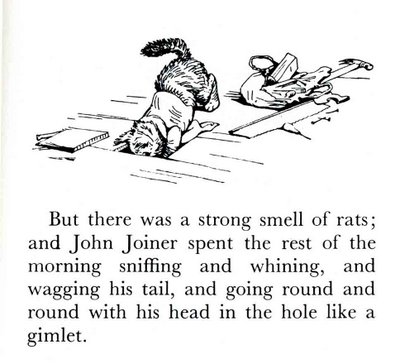Howl; or a Pocketful of Poetry
I saw the best minds of my generation destroyed by madness, starving hysterical naked,There may be no more famous late twentieth-century poem -- or poem beginning -- than this.
dragging themselves through the negro streets at dawn looking for an angry fix,
angelheaded hipsters burning for the ancient heavenly connection to the starry dynamo in the machinery of night,
Howl, first published by Lawrence Ferlinghetti's City Lights Bookstore (San Francisco) in 1956, remains Ginsberg's best-known work. The City Lights website states that over a million copies have been printed; I know I've owned at least two copies, so far.
Other collections of Ginsberg's poems include Reality Sandwiches, Kaddish, Planet News, The Fall of America, Mind Breaths, Plutonian Ode, White Shroud, Cosmopolitan Greetings, and Death & Fame. Ferlinghetti's/City Lights' Pocket Poet Series also includes Ferlinghetti himself (Pictures of the Gone World) , Gregory Corso, Julio Cortazar, Jack Kerouac, Pier Paolo Pasolini, and Anne Waldman.
The idea of small, easily-carried books of poetry is an old one. "Chap-books" have been around, in the language and as objects, since 1824 according to the OED, but since the early eighteenth century, by other lights, and perhaps nearly as far back as moveable type. They were meant to be popular, and meant to be cheap.
The next item, part of a series called the Little Leather Library, fits all these conditions. This title, The Coming of Arthur, part of Alfred Lord Tennyson's Idylls of the King, dates from about 1924.

The next piece is a bit of a puzzle. Bound in real leather, it's likely a production of Maine publisher Thomas Bird Mosher (1852-1923), issued around 1913. I've not yet been able to locate it in any bibliography of Mosher's productions.

Incidentally, the title page of Ginsberg's Howl uses a Whitman quote:
Unscrew the locks from the doors!Library Resources
Unscrew the doors themselves from their jambs!
You'll want to look at the Britannica Online article on the chapbook.
Literature Resource Center has several entries for Ginsberg.
Harry Smith's Anthology of American Folk Music (Folkways, 1952) was reissued in 1997 as a six-CD set including, on the last CD (3B), a video of Harry Smith and a young Allen Ginsberg rummaging around in a Lower East Side apartment in the 50s. The Anthology itself, a long stare into what Greil Marcus calls "the old weird America," was an important impetus to the folk scare of the early 60s.
You know to use URSUS to look up Ginsberg, Tennyson, and Whitman. Do it!
On the Web
For Ginsberg, Shadow Changes Into Bone is a close-to-comprehensive clearinghouse of resources. City Lights Bookstore lives and thrives, and in honor of the fiftieth anniversary of Howl's publication offers a history of Howl . City Lights has a page of Ginsberg publications here.
Harry Smith's Anthology of American Folk Music is parsed at Wikipedia (here) and sold at Smithsonian Folkways (here).
The Wiki folks explain the chapbook too.
The Little Leather Library has a home on the web here.
The Thomas Bird Mosher story can be found here.











